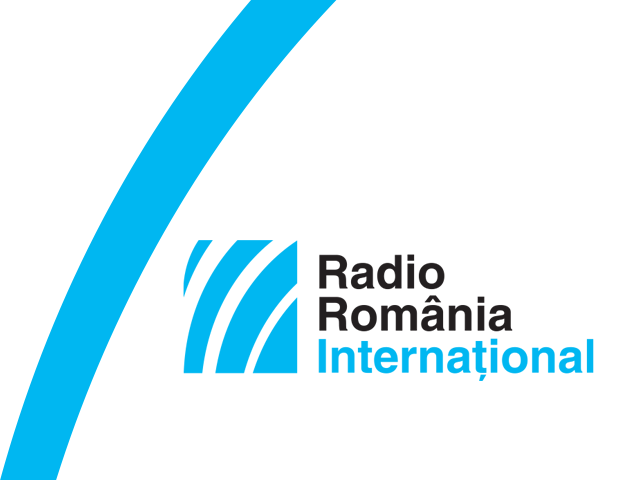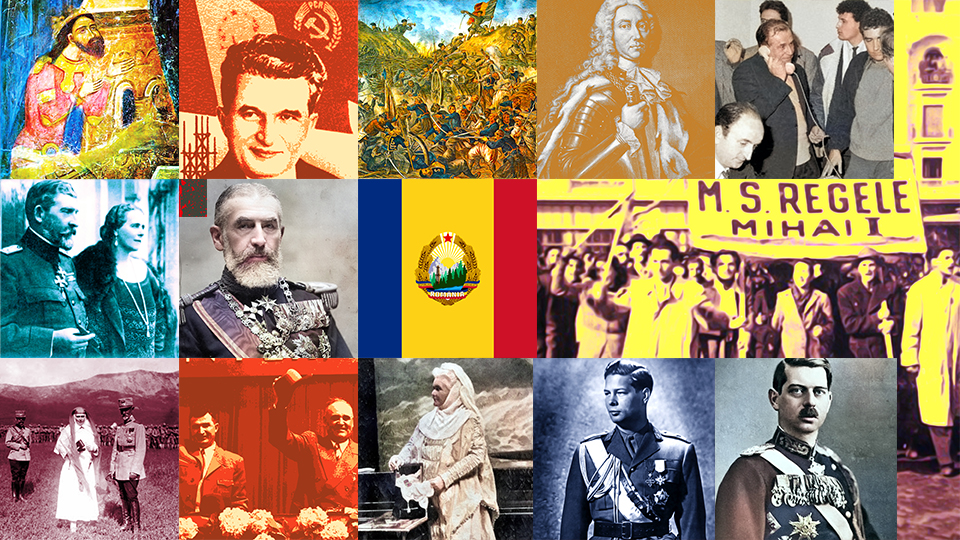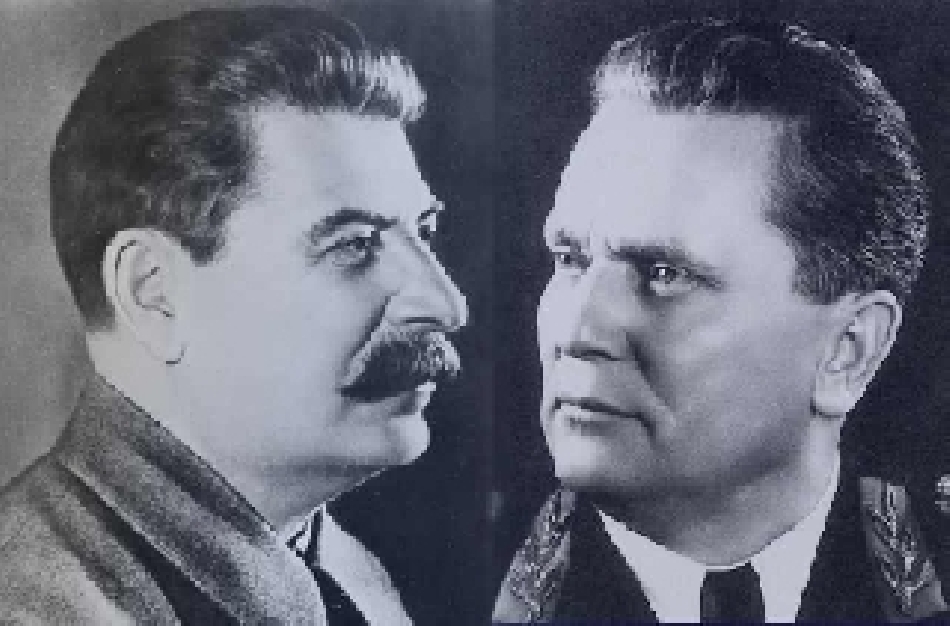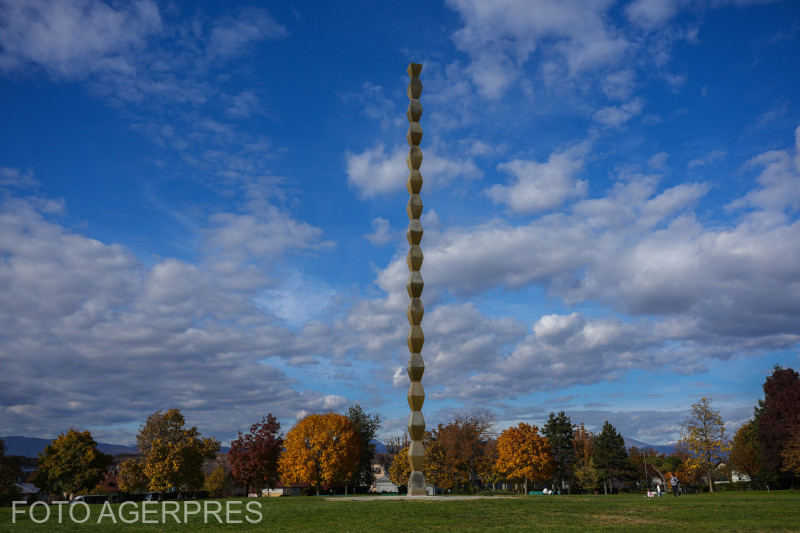Romanian-North Korean relations
Romania and North Korea enjoyed special relations back in the time of the Iron Curtain

Steliu Lambru, 06.03.2023, 14:00
The relation Socialist Romania had with North Korea,
from the 1970s to 1989, was quite good. There are two explanations for the
positive trend of the relations between two countries that were so far away
from one another. The first explanation has to do with the two communist
leaders, Nicolae Ceaușescu and Kim Ir Sen, being in mutual harmony in terms of
opinions and personality. The second explanation pertains to the two communist
countries’ economic interest. Romania had to expand its economic relations beyond
Europe, while North Korea sought to approach a European country.
Colonel Emil
Burghelea was appointed military attaché in 1970 and spent a couple of years
in North Korea. In 2000, Colonel Burghelea was interviewed by Radio Romania’s
Oral History Centre. Back then he gave an account of what the level had been,
of the economic exchange between Romania and North Korea, prior to the departure to his position in North Korea. In the Asian country, Romania mainly exported Bucegi
trucks, made in the Steagul Rosu/The Red Flag plants in Brasov, spare parts and
information on the service. North Korea was hungry for any kind of technology
and intended to set up a national industry. Colonel Burghelea reminisced Koreans’
performances, carried in primitive conditions, but also their unfair commercial
practices. Emil Burghelea:
They made special steels for their heavy
weaponry, and we were taken aback because of that: how in God’s name something
like that could come along, while we, back home, were required expertise from
the West, all the time, which meant investments and a lot of money. The second
issue was about the Koreans’ mobilization, they were caught fourfold between a
rock and a hard place, they were caught between the four empires: the Russian,
the Chinese, the Japanese and the American one. From us, they received
automatic lathes, made in Arad or Brasov. And we saw them removing the
Romanian-language labels from the lathe, reading Made in…., they replaced
them with other labels, in Korean, they shipped them to South Korea saying they
had been made by them. And we didn’t object to that in any way. They were
trying to mobilize their forces, to create. There they had many cement lines,
made by us.
North Koreans’ interest was largely in the military and
the military capabilities, while their economy was subordinated to the doctrine
of militarization. Emil Burghelea:
They took an interest in anything, they even
visited our shipyards in Mangalia. In aviation, in tanks, artillery, they were
very interested in that. They structured their coastal artillery and your hair stood
on end as to when and how they took it out. You couldn’t see anything from the
shore, neither could you see where it was hidden. They managed to put up a very
advanced defense system, which was even nuke-proof. At a certain time, we,
Romanians, were a step ahead so to say. We had a tradition in terms of military
technology and equipment that we were building at our Plants in Resita, such as
the formidable 75 anti-tank gun or the device made by inventor Bungescu. We had
the aircraft plant in Brasov, which was building helicopters and ran a contract
with the USSR for building a Katyusha-type rocket launcher. For this reason,
they used to visit us a lot back then and whenever they went to Ceausescu they
usually asked for another type of weapon. And Ceausescu gave them everything
they asked for. We took them on tours around our weapon factories and whenever
they get there, officers would pull out their notebooks and start taking notes.
They came to study the Army House in Brasov, and when they started building
their own, we sent them experts.
But you need more than weapons to build a strong army,
you also need training. North Koreans started training their troops at a very
early age. Emil Burghelea:
They took the training of their soldiers very
seriously, under the motto ‘One against one hundred’. They believed their
enemies had more troops and they wanted their soldiers to be able to stand up
to more enemy soldiers. They laid emphasis on martial arts and trained their
troops extensively. They provided weapon training to children with ages between
12 and 14, like boy-scouts, you know. Their boy scouts were called pioneers at
that time and the Pioneer House in Pyong Yang as well as in other cities were
fitted with special classes and workshops providing military training, teaching
children how to use infantry weapons like machine guns and rocket
launchers.
The high level of mutual trust was benefitting both sides and
Romania gained access to North Korea’s raw materials. Emil Burghelea:
We didn’t give them technology for free, you
know. Their country had great deposits of anthracite and we needed their
anthracite. They exported many things to Romania, like tobacco, anthracite,
fish and Ceausescu wasn’t that generous without a purpose, apart from the
political ones. We even imported iron ore from them, because we had developed
our plants and we were in need of iron ore. So, it wasn’t only the military
field.
The bilateral relations diminished considerably after
the fall of dictator Nicolae Ceausescu’s regime back in 1989, when Romania
discarded communism to embrace democracy. (EN&bill)






























